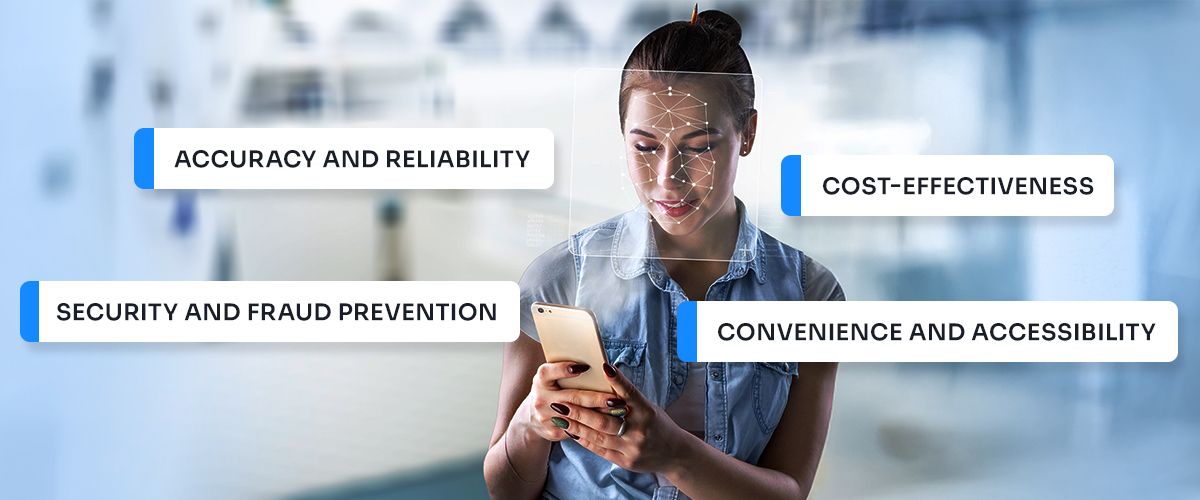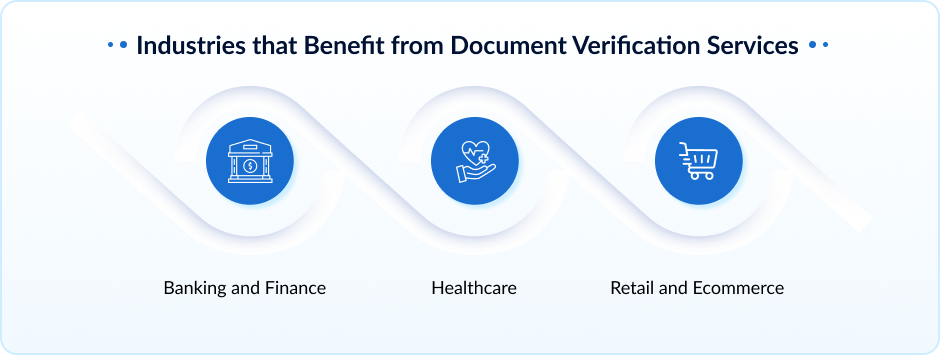The importance of verifying a document has never been higher in today’s fast-paced digital era. Whether you’re managing a business, protecting your personal information, or traveling the world, accurate verification is essential.
This blog post sheds light on why document verification is crucial, how it works, and the many benefits it brings to various industries.

What Is Document Verification?
It’s a systematic process used to authenticate the validity of documents. It consists of a series of checks and validations to ensure that a document is genuine and has not been tampered with. This process is essential for preventing fraud, maintaining security, and ensuring compliance with regulatory requirements.
What Is the Document Verification Process?

The process involves several steps to ensure that each document is authentic and accurate.
Here’s a breakdown of the process:
Document Collection
The first step in verifying a document is collecting the necessary documents. These could be scanned copies of IDs, utility bills, or any other documents that need verification. The collected documents are then uploaded to a secure platform for further analysis.
Document Analysis
Once the documents are collected, they undergo a thorough analysis. This step involves checking for visible signs of tampering, such as altered text or images. Advanced document verification software can also detect more sophisticated forms of tampering, ensuring a high level of accuracy.
Data Extraction
After analyzing the documents, the next step is to extract relevant data. This includes personal information like names, addresses, and dates of birth. Automated systems can quickly and accurately extract this data, making the process efficient and reducing the risk of human error.

Cross-Verification
In this step, the extracted data is cross verified with trusted databases. For example, the information on an ID may be compared with government records to ensure its authenticity. This cross-verification adds an extra layer of security, making it harder for fraudulent documents to go undetected.
Final Verification
The last step is final verification, where all the gathered and analyzed data is reviewed to confirm the document’s authenticity. This step may involve a combination of automated checks and manual reviews by trained professionals. Once verified, the document is either approved or flagged for further investigation.
Top Benefits of Document Verification
Verifying a document offers numerous benefits that make it an essential process for businesses and individuals.
Let’s explore some of the top benefits:
Efficiency and Speed
One of the most significant benefits of document verification is its efficiency and speed. Automated systems can process and verify documents much faster than manual methods, saving time for both businesses and their customers. This increased efficiency can lead to quicker transactions and improved customer satisfaction.

Accuracy and Reliability
Automated document verification solutions are highly accurate and reliable. They can detect even the slightest signs of tampering, reducing the risk of fraud. This high level of accuracy ensures that only legitimate documents are approved, providing peace of mind for businesses and individuals alike.
Security and Fraud Prevention
Security is a top priority in document verification. Advanced encryption and secure platforms ensure that sensitive information remains protected throughout the verification process. This high level of security helps prevent fraud and unauthorized access, safeguarding both businesses and their customers. These safeguards are especially crucial in the online gambling industry, where maintaining player trust and ensuring data security are top priorities.
Cost-Effectiveness
While implementing a system may have an initial cost, it can save businesses money in the long run. By reducing the risk of fraud and streamlining the verification process, companies can avoid costly legal issues and improve operational efficiency. This cost-effectiveness makes document verification a smart investment for any organization.
Convenience and Accessibility
These systems are not only efficient but also convenient and accessible. Users can upload documents from anywhere, at any time, making the process more flexible. This accessibility is particularly beneficial for businesses with a global customer base, allowing them to verify documents regardless of geographic location.
Scalability
Document verification systems are highly scalable, making them suitable for businesses of all sizes. Whether a small startup or a large corporation, these systems can handle increasing volumes of documents without compromising on accuracy or efficiency. This scalability makes document verification a versatile solution for any organization.
Industries that Benefit from Document Verification Services

Document verification is a useful tool for various industries, each gaining specific advantages.
Here are some sectors that especially benefit from document verification services:
Banking and Finance
In the banking and finance industry, document verification is crucial for compliance and fraud prevention. It’s used for verifying customer identities, processing loans, and ensuring regulatory compliance.
Healthcare
In healthcare, document verification ensures that patient information is accurate and secure. It’s used for verifying medical records, insurance documents, and employee credentials.
Retail and Ecommerce
For retail and ecommerce businesses, document verification helps prevent fraud and ensure the legitimacy of transactions. It’s used for verifying customer identities, processing payments, and managing supply chains.

Education
In the education sector, document verification ensures the authenticity of academic records and credentials. It’s used for verifying student identities, processing admissions, and ensuring compliance with educational standards.
Travel and Hospitality
In the travel and hospitality industry, document verification is essential for verifying travel documents and ensuring the safety and security of guests. It’s used for checking passports, visas, and guest identities.
Human Resources
In human resources, document verification ensures that employee information is accurate and compliant with regulations. It’s used for verifying resumes, processing background checks, and managing employee records.
Government
Government agencies use document verification for various purposes, including verifying identities, processing applications, and ensuring compliance with regulations. It’s an essential tool for maintaining the integrity of government processes.

Online Gambling
In the online gambling industry, document verification plays a crucial role in identifying fraud detection, age verification, and anti-money laundering regulations. It’s used to verify players’ identities, prevent underage gambling, and make sure responsible gaming practices are being followed. Online gambling verification includes verifying ID cards, proof of address, and payment methods to safeguard the integrity of online gambling platforms.
Conclusion
Document verification is an essential process in today’s digital world. It helps ensure the accuracy, security, and compliance of various transactions, making it essential for both businesses and individuals.
Whether in banking, finance, healthcare, or education, document verification streamlines processes and helps prevent fraud. By recognizing its importance, businesses can make better decisions and improve their operations.
Always verify and secure your documents to maintain trust and efficiency in your business processes.

